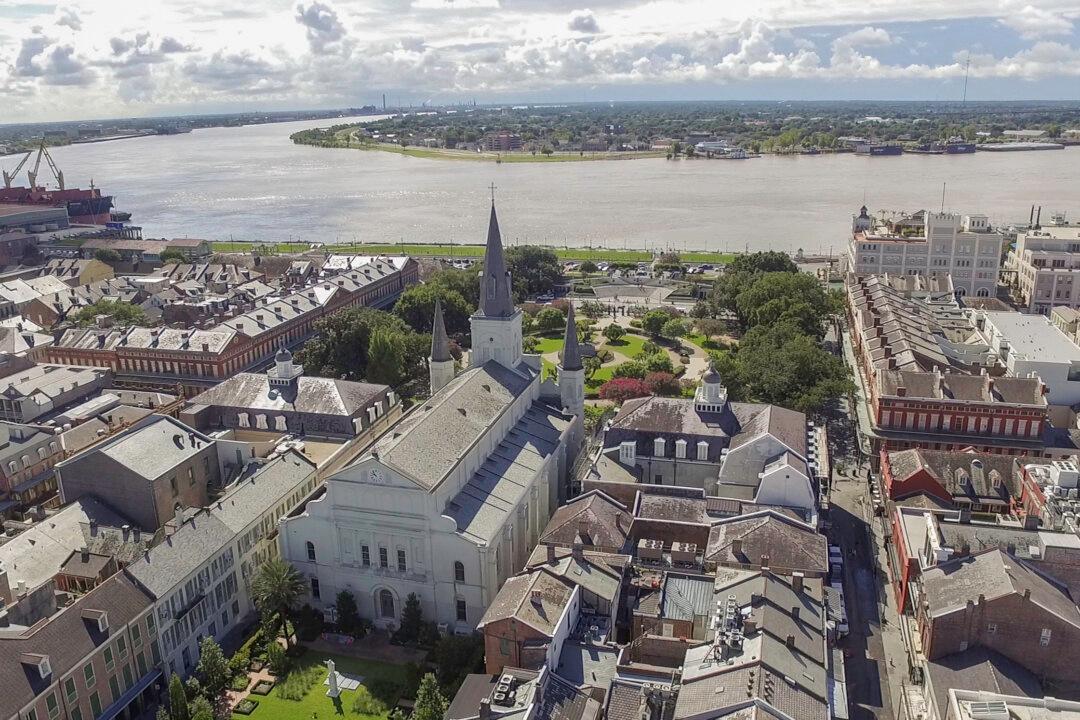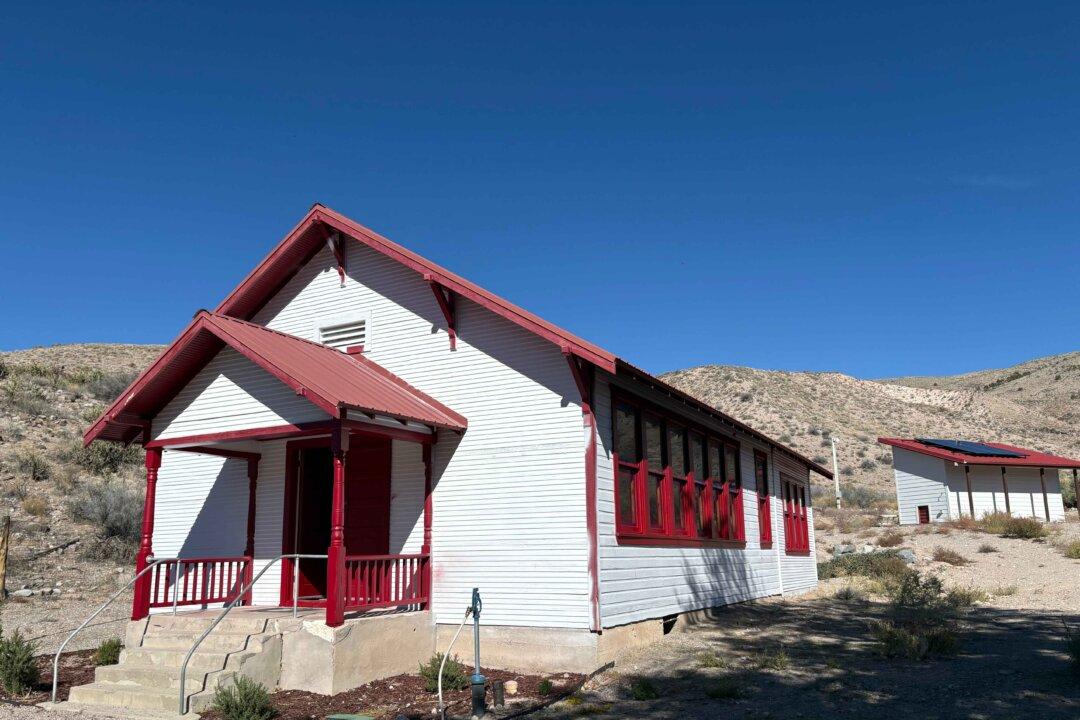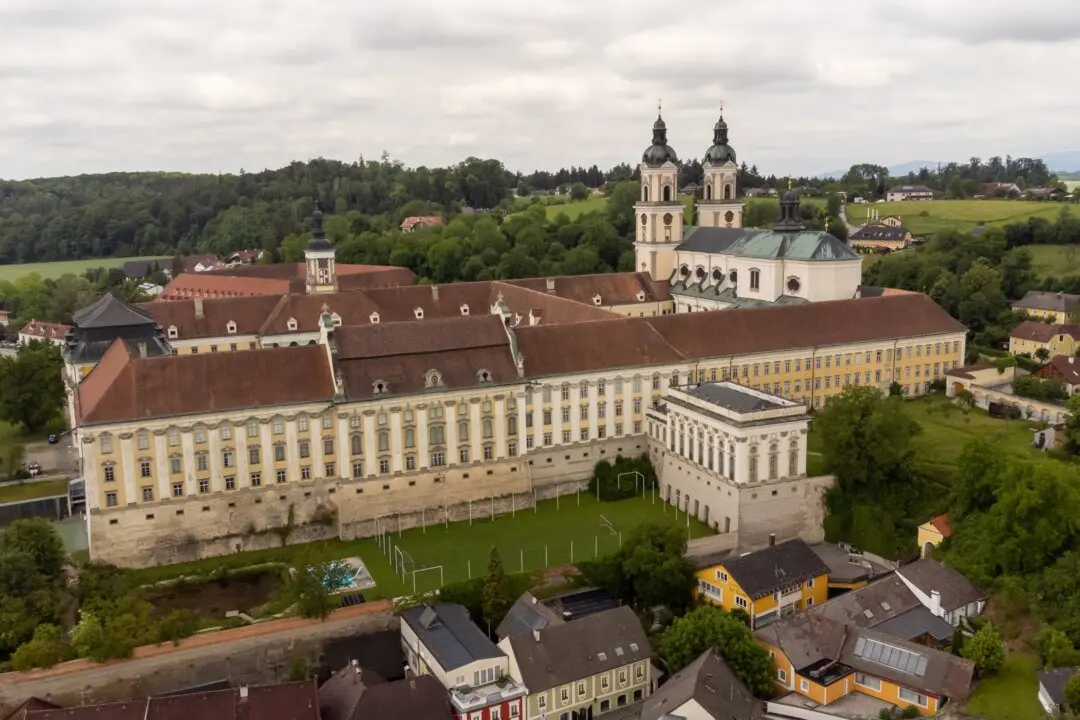As its spires seemingly yearn for heaven, the imposing St. Louis Cathedral overlooks New Orleans’s Jackson Square, the center of the French Quarter. Since the city’s founding in 1718, Catholics had attended church services in a wooden structure on the banks of the Mississippi River. A brick-and-timber building was erected in 1727.
The present structure bears the remnants of fires, hurricanes, and even a still-unsolved dynamite explosion in 1909, which blew out windows and damaged galleries. Within the square—designed to resemble the Palais-Royal in Paris—the church features architecture considered modern French romanticism in the Néo-Grec style.





